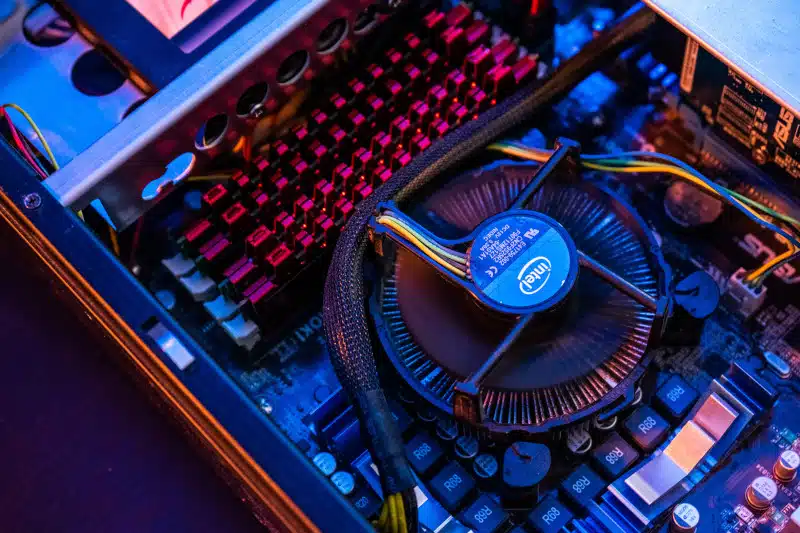Lowering CPU temperatures is pivotal to ensuring your computer’s longevity and performance. Excessive heat can lead to hardware damage and sluggish operation. In this guide, we’ll delve into practical tips on how to lower CPU temperatures and keep your system cool, ensuring a seamless computing experience.
Efficient Cooling Solutions for Lowering CPU Temperatures
When addressing elevated CPU temperatures, the first step is to explore efficient cooling solutions. Investing in a high-quality aftermarket CPU cooler can make a substantial difference. These coolers often surpass the performance of stock options, providing superior heat dissipation and contributing significantly to temperature control.
Optimizing airflow within your computer case is equally critical to lowering CPU temperatures. Take the time to ensure that cables are neatly organized to facilitate unobstructed airflow. Well-placed intake and exhaust fans create a well-ventilated environment, actively regulating temperature.
Moreover, the application of thermal paste should not be underestimated. Applying a thin, even layer of thermal paste between the CPU and heatsink enhances heat transfer efficiency, ultimately contributing to lower operating temperatures.
Considering these aspects collectively—upgrading to a superior CPU cooler, organizing cables for optimal airflow, and diligently applying thermal paste—forms a robust strategy to combat high CPU temperatures. These measures not only enhance the overall cooling efficiency of your system but also ensure a smoother, more reliable computing experience.
In the quest for a CPU cooler system, remember that these hardware-centric approaches play a pivotal role in maintaining the health and longevity of your computer. By implementing these efficient cooling solutions, you set a solid foundation for temperature control, safeguarding your valuable hardware investment.
Software Tweaks for Temperature Control
While hardware upgrades are essential, fine-tuning your system through software tweaks is equally crucial to managing CPU temperatures effectively. Monitoring your system’s temperature using reliable software is the first step in understanding its behavior and making informed adjustments.
Adjusting power settings is a software strategy that can significantly impact temperature control. Lowering the CPU’s maximum power usage in your computer’s power plan can effectively reduce heat generation during routine tasks, striking a balance between performance and temperature.
Regularly updating device drivers and the operating system is often an overlooked yet powerful software tweak. Outdated drivers can lead to inefficient hardware operation and increased heat production. By staying vigilant and ensuring all components are running on the latest software versions, you contribute to a more stable and cooler system.
Another software consideration is the utilization of third-party applications designed for temperature control. These tools allow for more granular adjustments, enabling you to set specific temperature thresholds and fan speeds. However, exercise caution and choose reputable software to avoid potential compatibility issues.
Conclusion: By implementing a combination of efficient cooling solutions and software tweaks, you can master the art of temperature control for your CPU. Remember, a cooler system ensures a smoother computing experience and extends the lifespan of your valuable hardware.
In the ever-evolving landscape of technology, maintaining optimal CPU temperatures is a non-negotiable aspect of responsible ownership. With these practical tips, you can navigate the complexities of temperature regulation and keep your digital companion running at its best.
Ready to optimize your system’s performance and lower CPU temperatures? Trust PCMechanic Computer Repair in Davenport, FL, for expert solutions tailored to your computing needs. Let’s keep your CPU cool and efficient – schedule your consultation today!
Image Credit: Photo by Joseph Greve on Unsplash


